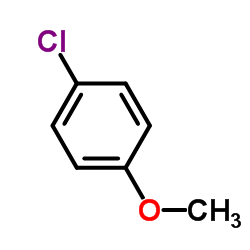| Structure | Name/CAS No. | Articles |
|---|---|---|
 |
1-Chloro-4-methoxybenzene
CAS:623-12-1 |
| Structure | Name/CAS No. | Articles |
|---|---|---|
 |
1-Chloro-4-methoxybenzene
CAS:623-12-1 |